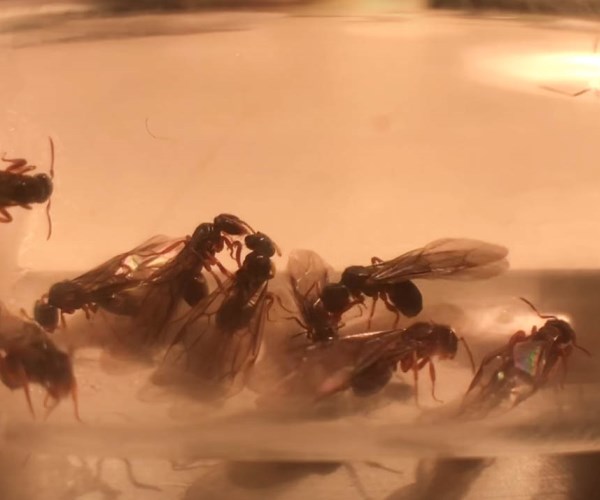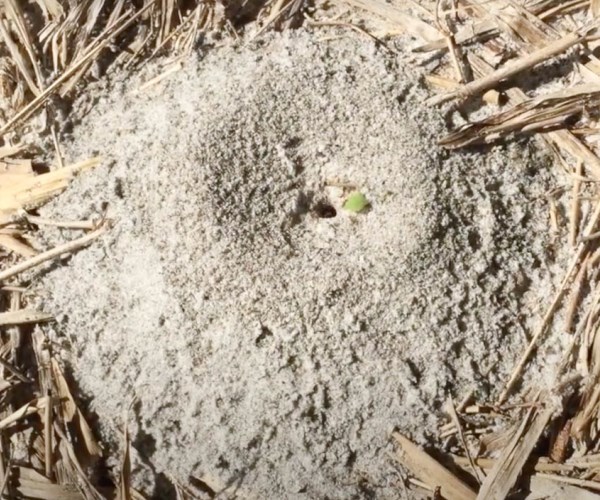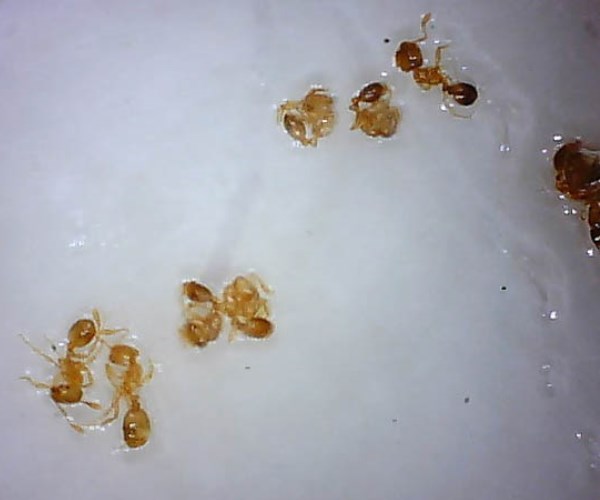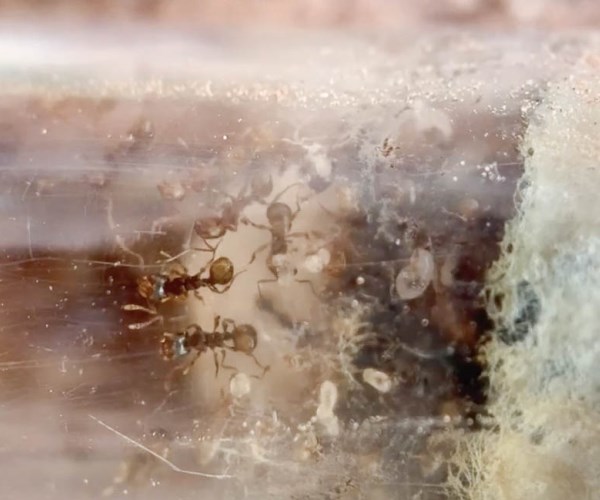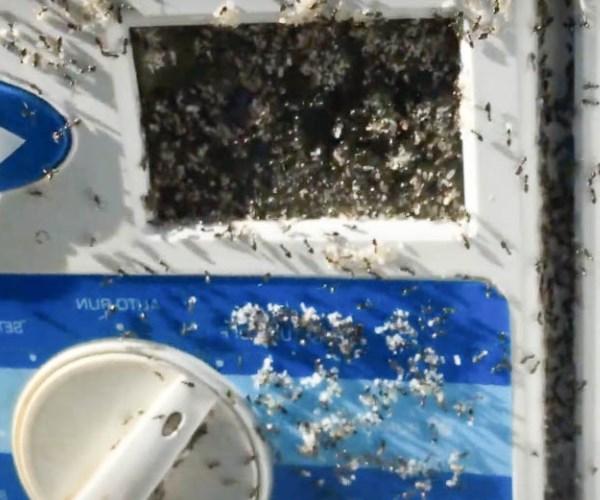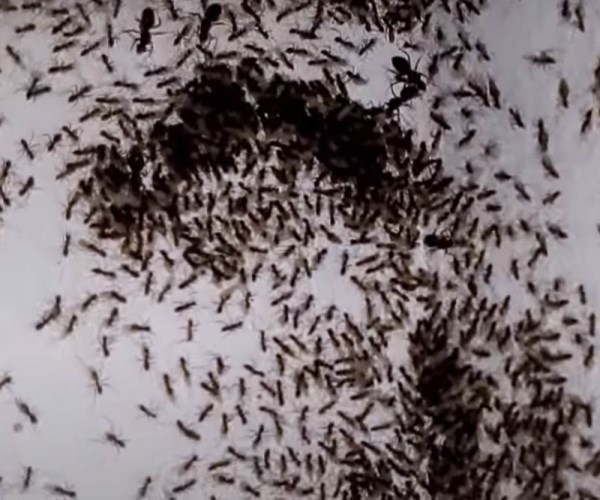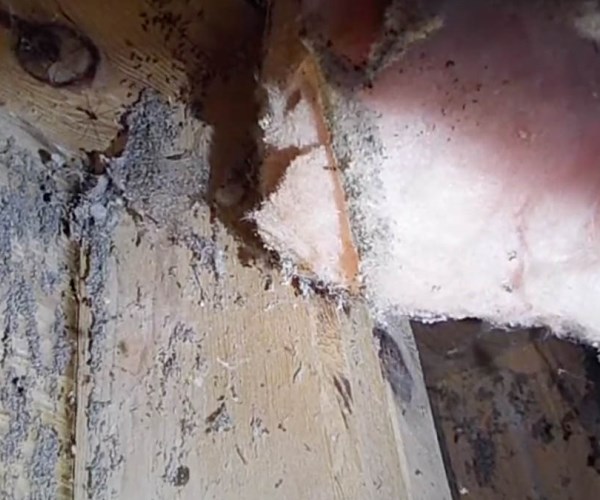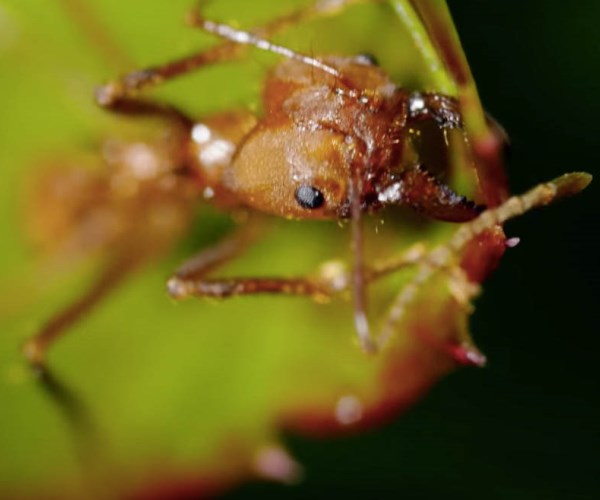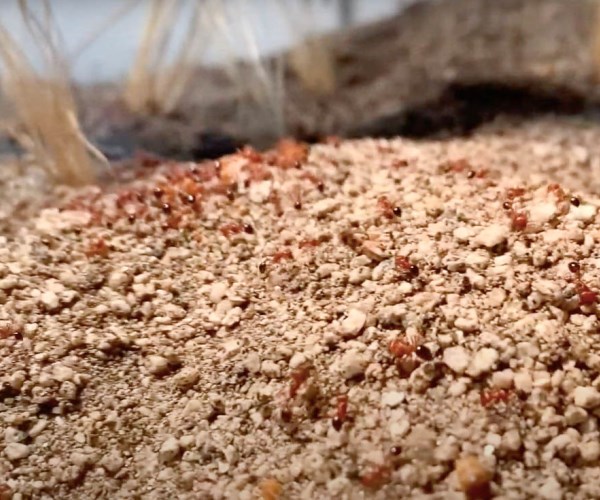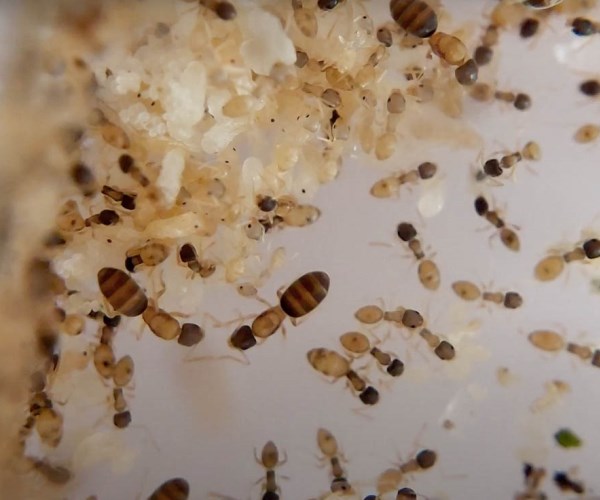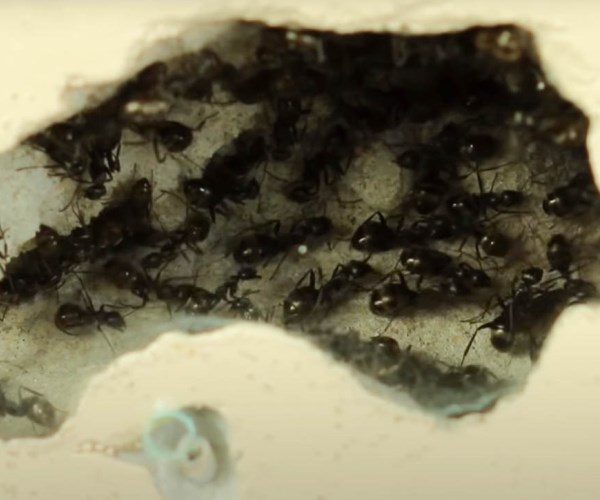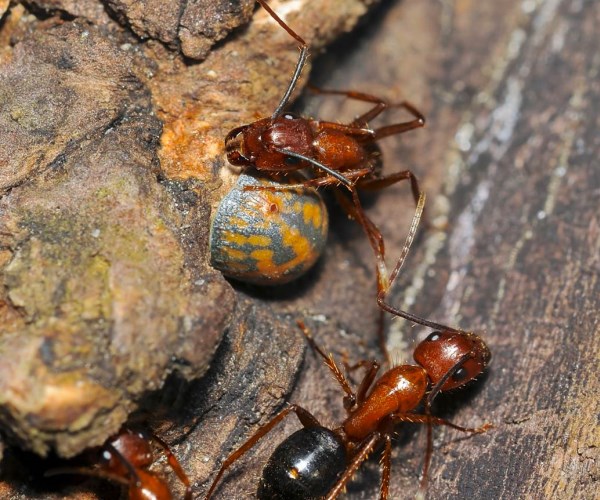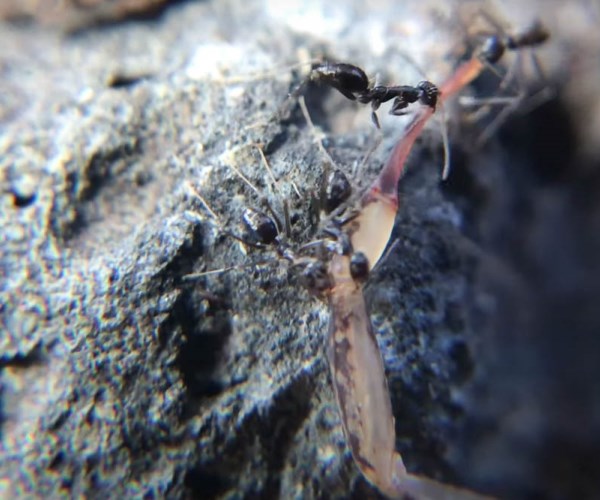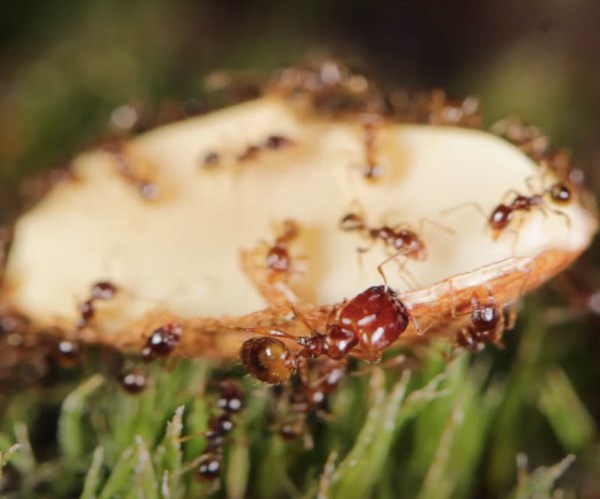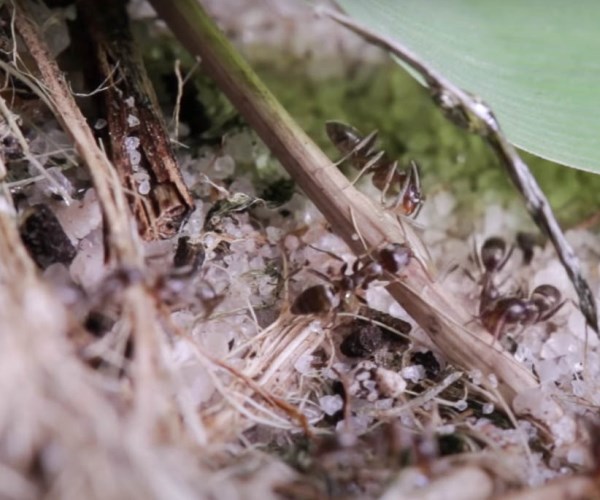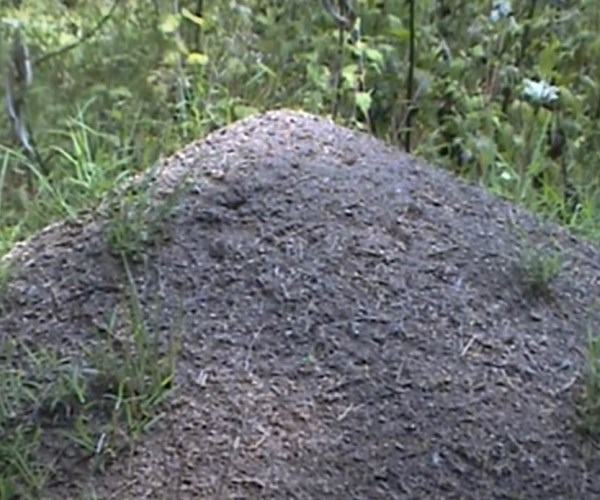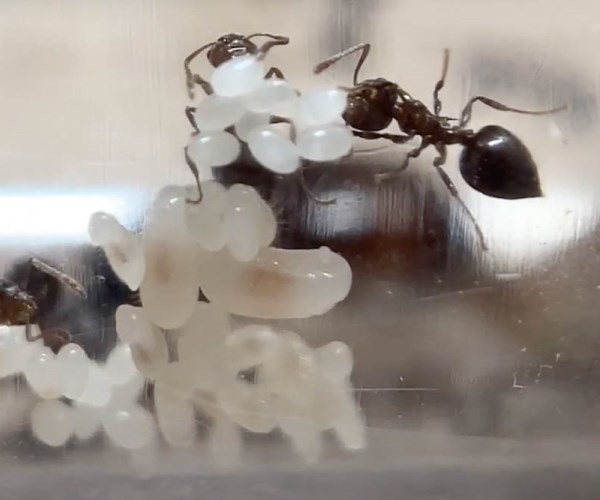About Citronella Ants
About Citronella Ants
Citronella ants get their name from the fact that they produce a strong citronella odor when they are crushed. These ants also have yellowish coloration, although there are black variants.
Appearance
Citronella ants are of two species, with differing sizes. The workers of the smaller species are 3 to 4 mm long. The workers of the larger species are 4 to 4.5 mm long. The thorax and abdomen of the ants are connected by a single-node pedicel. They also have sparse, erect hairs on their thorax, abdomen, and head. The swarmer’s of both species are bigger than the workers, about twice their size. They also have dark, smoke-colored wings. Generally, the color of citronella ants ranges from light-yellow to light-reddish brown. The winged male ant is black in color.

Behavior
The ants nest in indoor and outdoor areas. The nesting sites are pastures, gardens, fallow fields, and lawns. They also build nests in open woods and underneath concrete slabs, rotting logs, and large rocks. The ants may also be found close to foundations, nesting underneath the mulch.
Although the ants are found in indoor spaces, they prefer outdoor spaces to indoor spaces. Citronella ants swarm all through the year. They could swarm around or within homes.
Honeydew is a major component of the diet of citronella ants. Because honeydew makes up a major part of their diets and is produced by aphids and other insects, the ants tend to help aphids improve their population. It is noteworthy that the ants engage in minimal foraging. This may be because they tend to the aphids that produce most of their foods. By maintaining a close relationship with the aphids and other insects that produce honeydew, citronella ants do not necessarily have to actively search for food.
The ants are subterranean insects with a good distribution across the US. The eastern US has a higher population of citronella ants. In these areas, the ants could be mistaken for termites, especially when they swarm into homes.
Although the ants swarm all through the year, the swarmer’s are most active between mid-summer and late summer. Swarms have also been noticed during early spring and late autumn.
Damage they cause
The ants are more of nuisance pests than destructive pests. They would rather spend their time outdoors than enter homes and other properties in search of food. Even when they enter indoor spaces, they do not look for food. They also do not reproduce in indoor spaces.
Citronella ants are commonly mistaken for other destructive pests, for example, termites. The swarmer’s, which are typically found indoors, use expansion cracks in slabs and around door
openings as entry points.
Finding swarms in and around an area simply means that a colony of the ants is nearby. Finding that colony is an important part of managing the infestation. Colonies of citronella ants can be identified by the mounds of excavated soils usually located at the openings. Simply put, citronella ants do not cause any damage, even when they are in indoor spaces. They would rather not live in your home too, as it is not suitable for reproduction.
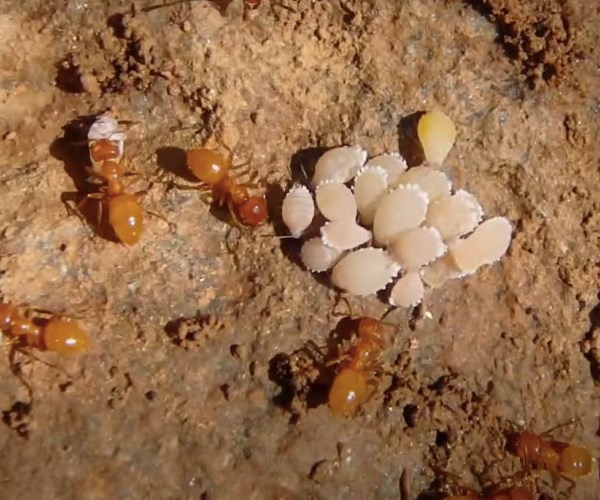
Citronella ant infestations could go on for a long time unidentified. The swarmer’s are the only sign of the infestation. Since they prefer outdoor to indoor spaces, finding the swarmer’s within your home means that there is a nest somewhere on your property.
Because they mean no harm and cause no form of destruction, the control of the critters is unnecessary unless they enter indoor spaces. When they enter indoor spaces, one of the top management practices is to seal all possible entry points. Seal all possible entry points to keep the ants out of your home and limit the nuisance they constitute.
The ants are nocturnal, and their activity may never be noticed, even when they enter homes. Thankfully, they do not cause enough damage to be worrisome. The swarmer’s enter indoor spaces by accident while searching for suitable locations for new colonies. This is as opposed to other kinds of ants that enter homes in search of food and shelter. If no entry points are available, citronella ants will not enter homes. This is why all entry points should be blocked.


